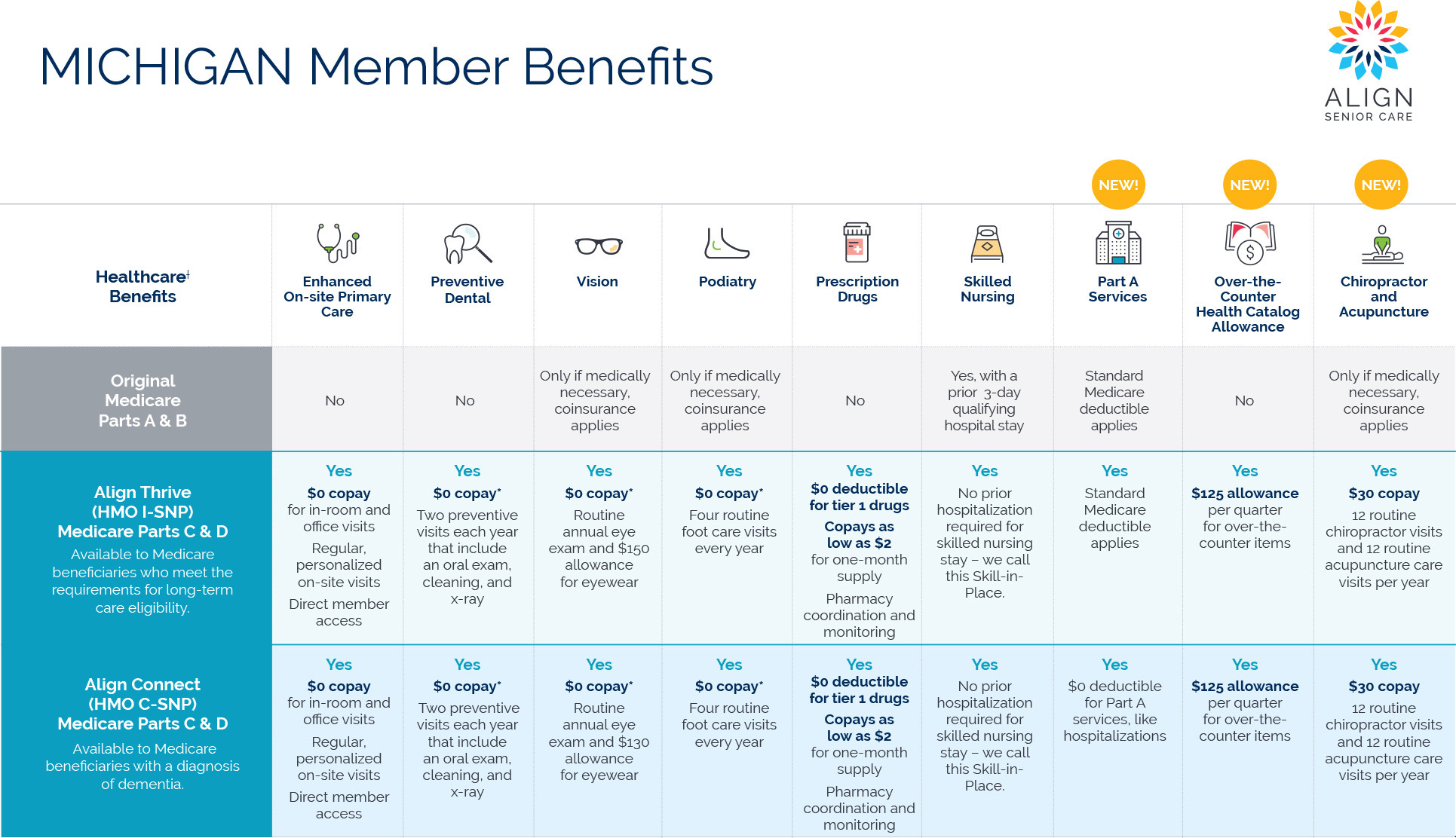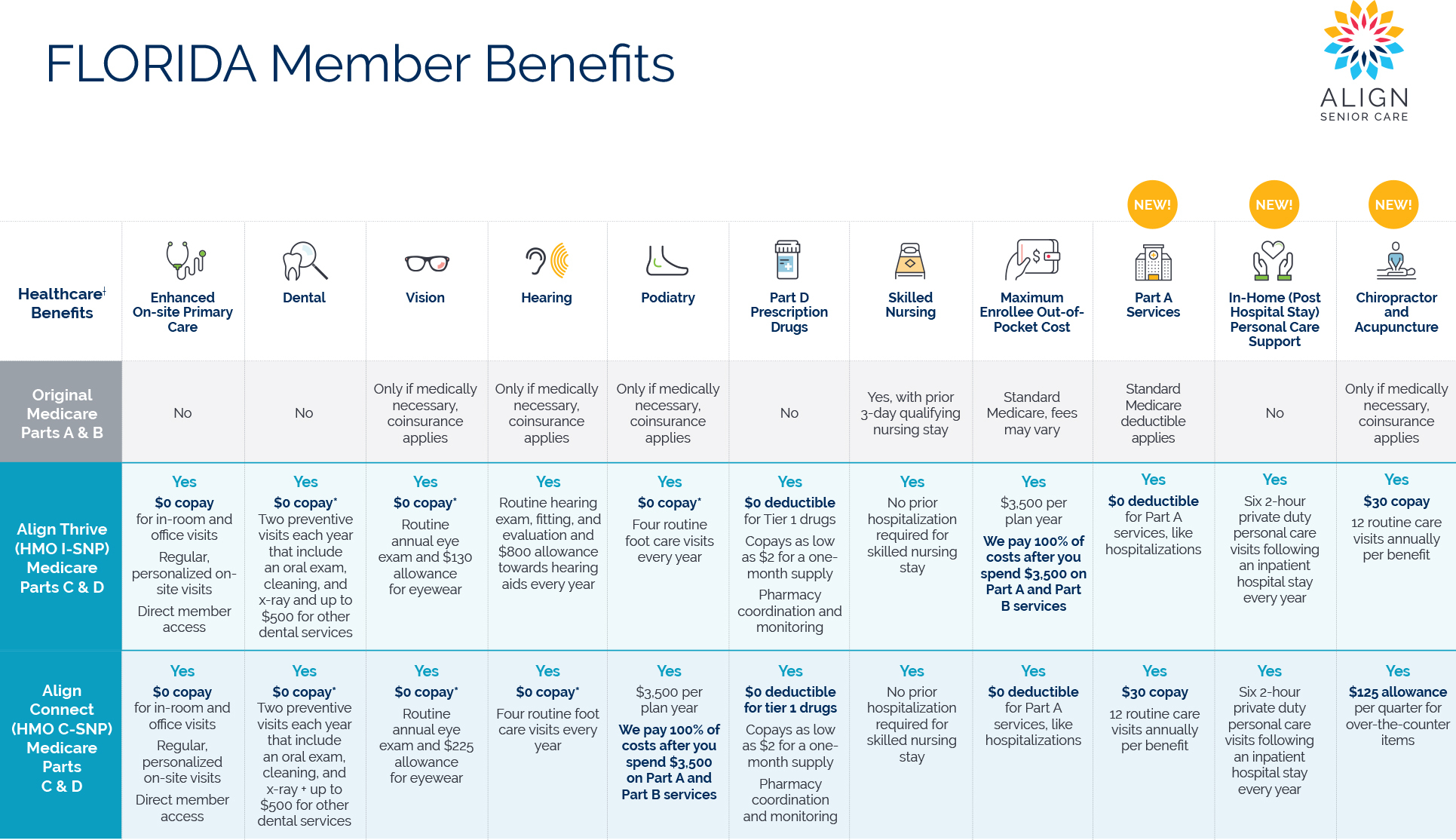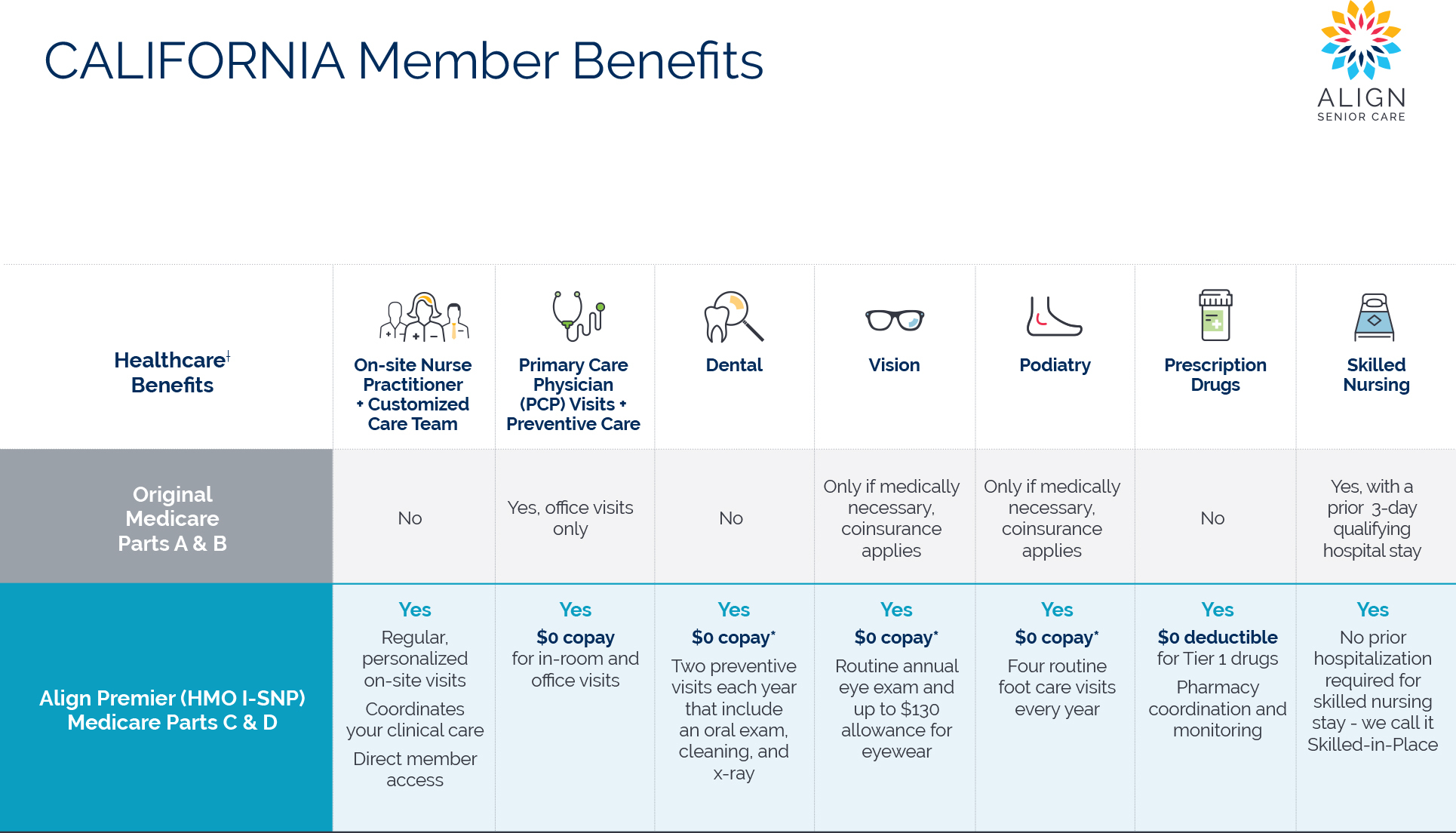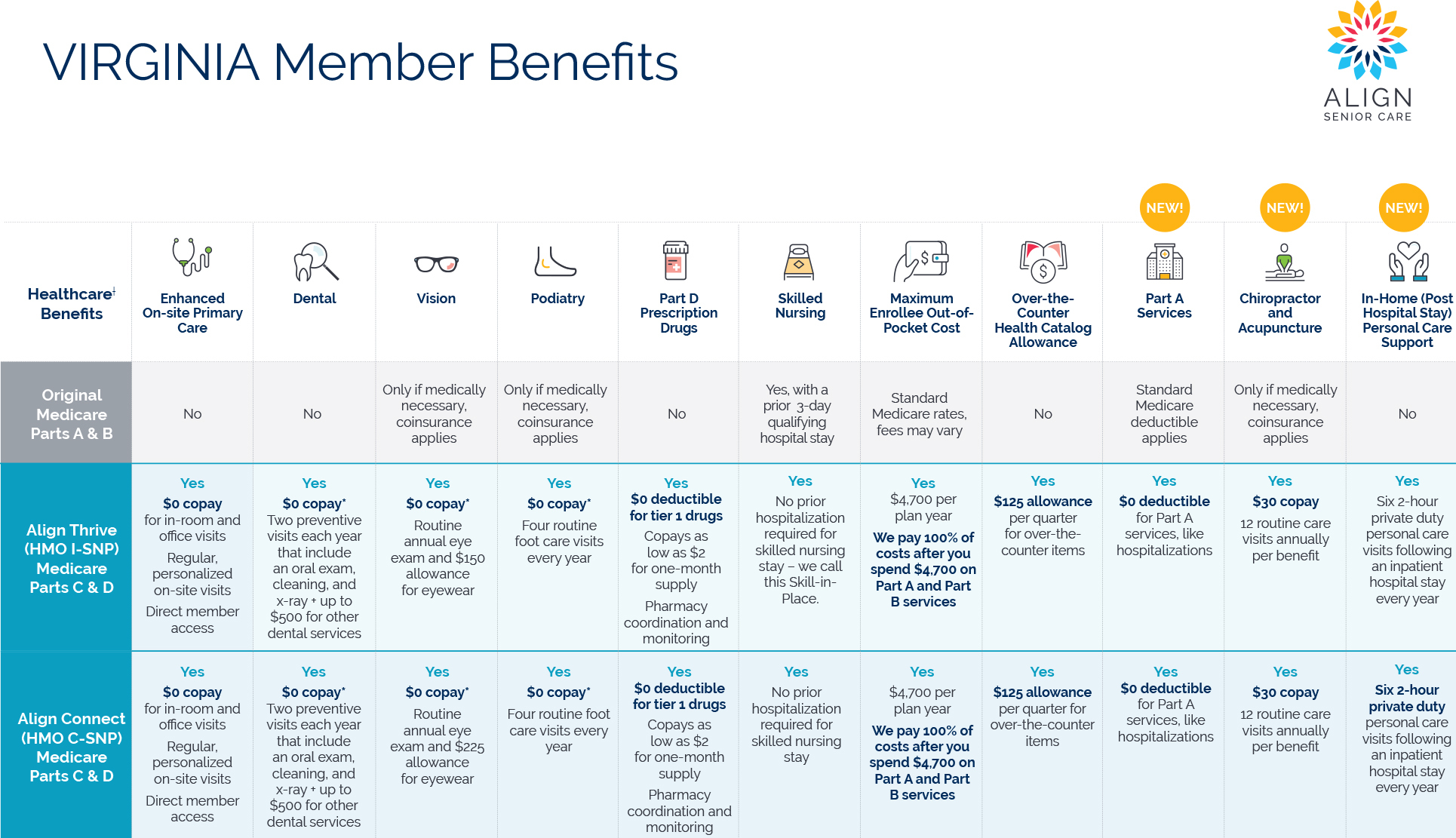If you’ve ever had a doctor recommend a treatment only to find out your insurance won’t cover it, you’ve likely encountered a problem with medical necessity. It’s a concept that affects everything from what tests your doctor orders to which services your plan agrees to pay for.
This guide explains what medical necessity means, how it’s determined, and what you can do if a treatment is denied—even when it seems clearly needed.
What Does “Medically Necessary” Mean?
In simple terms, a medically necessary treatment is one that helps diagnose, treat, or manage a health condition. It’s something your doctor believes is important for your health and that your health plan agrees to cover.
Each insurance plan, including Medicare, defines medical necessity a little differently. But most share a few core ideas:
- The treatment must be used to diagnose, treat, or manage a real health condition
- It must follow accepted medical standards
- It should not be experimental, cosmetic, or done only for convenience
- It should be provided in the right setting (for example, in a clinic instead of a hospital, if appropriate)
Medicare uses national and local guidelines—called NCDs and LCDs—to decide whether a treatment qualifies.
How Is Medical Necessity Decided?
Your doctor plays a key role in deciding what’s needed for your care. But that doesn’t automatically mean your insurance will approve it. Health plans use their own medical necessity criteria when reviewing coverage.
They may require a review before, during, or after treatment:
- Precertification review happens before you receive care. A provider may need to submit a Letter of Medical Necessity or treatment notes.
- Concurrent review takes place during treatment, especially for longer hospital stays.
- Retrospective review occurs after the service to determine if the claim will be paid.
When Services Are Denied
Sometimes a recommended service is denied, even when your doctor says it’s needed. This usually means the insurance company didn’t think it met their standards of medical necessity.
Common reasons for denial include:
- A diagnosis code that doesn’t match the treatment
- Lack of documentation
- The service being considered experimental
- The care being provided in a setting not approved under the plan
Denials can often be appealed if your doctor submits additional clinical information. You can also request a formal review of the decision.
How Medical Necessity Affects Billing
Every medical service gets translated into billing codes. These codes must show both what the service was and why it was needed. If the codes don’t match up—or if the reasoning isn’t clear—claims can be denied.
For example, if your provider uses a code that says “unspecified leg” when a more specific code exists, the insurer may reject the claim. That’s why clear documentation matters so much.
What Counts—and What Doesn’t
Here’s a basic breakdown of what insurers usually see as medically necessary, versus what they often reject:
|
Medically Necessary |
Not Medically Necessary |
|
A CT scan ordered to confirm a diagnosis |
A scan ordered “just in case” |
|
Surgery to treat a blockage |
Surgery for cosmetic purposes |
|
Therapy to help recover from a stroke |
Therapy done without a documented need |
|
Supplies for diabetes with documentation |
Supplies ordered without diagnosis |
Helpful Steps You Can Take
- Ask your doctor for clear reasoning about why something is recommended
- Review your plan’s coverage rules—especially those tied to medical necessity criteria
- Save letters, notes, and explanations that might support an appeal
- If you’re denied, ask for the reason and check whether more documentation can be submitted
- If you’re a healthcare provider or office staff, Align Senior Care offers access to claims and coverage tools through our provider resources page
Making Sense of Medical Necessity
Medical necessity is one of the most important—but often confusing—terms in healthcare. It affects what gets covered, what doesn’t, and how care is managed across different health plans. When you understand what it means and how it’s decided, you’re in a better position to plan ahead, ask questions, and get the care that’s truly needed.






Recent Comments